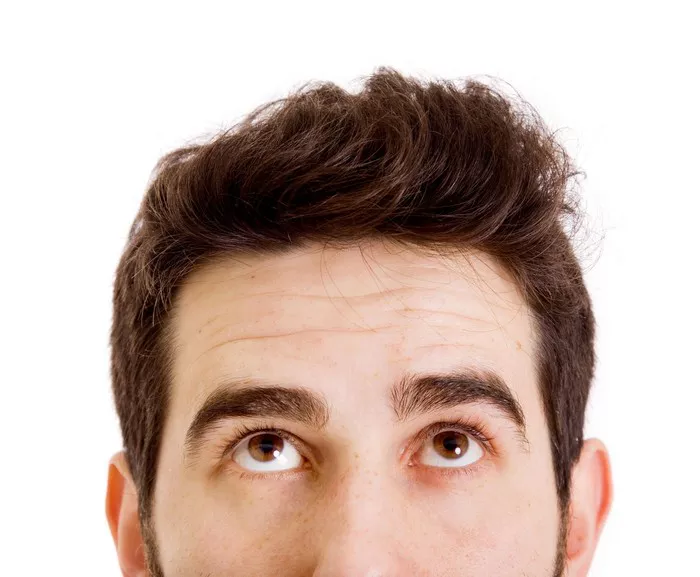Hair loss, medically termed alopecia, is a common concern affecting millions worldwide. While shedding some hair each day is normal, excessive or sudden loss can be distressing, often indicating an underlying health condition. The human scalp typically holds around 100,000 hair follicles, and disruptions in the hair growth cycle can lead to thinning or balding. In this comprehensive guide, we delve into the various illnesses associated with hair loss, shedding light on the intricate relationship between health and hair.
Introduction to Hair Loss:
Hair loss can manifest in several forms, from gradual thinning to sudden bald patches. Understanding the mechanisms behind hair growth is crucial to comprehend the complexities of alopecia. Each hair follicle undergoes a continuous cycle of growth, transition, and resting phases. Disruptions in this cycle can result in hair loss, either temporarily or permanently.
Types of Hair Loss:
Before delving into specific health conditions associated with hair loss, it’s essential to recognize the different types of alopecia:
1. Androgenetic Alopecia: Commonly known as male-pattern or female-pattern baldness, this genetic condition leads to progressive hair thinning in a distinct pattern.
2. Alopecia Areata: Characterized by sudden hair loss in round patches, alopecia areata occurs when the immune system mistakenly attacks hair follicles.
3. Telogen Effluvium: Stress, illness, or hormonal changes can trigger this temporary condition, causing a significant amount of hair to enter the resting phase and subsequently fall out.
4. Anagen Effluvium: Chemotherapy drugs, radiation therapy, or exposure to toxic substances can disrupt the active growth phase of hair follicles, resulting in rapid hair loss.
5. Traction Alopecia: Excessive pulling or tension on the hair, often due to tight hairstyles or hair grooming practices, can lead to gradual hair loss.
Illnesses Associated with Hair Loss:
While genetics play a significant role in hair loss, various underlying health conditions can contribute to or exacerbate alopecia. Identifying and addressing these illnesses is crucial in managing hair loss effectively. Here are some of the most common health conditions associated with alopecia:
1. Thyroid Disorders:
Thyroid hormones play a vital role in regulating metabolism and hair growth. Both hypothyroidism (underactive thyroid) and hyperthyroidism (overactive thyroid) can disrupt the hair growth cycle, leading to thinning or shedding.
2. Autoimmune Diseases:
Conditions such as lupus, rheumatoid arthritis, and Hashimoto’s thyroiditis involve an overactive immune response that can attack hair follicles, resulting in alopecia areata or other forms of hair loss.
3. Nutritional Deficiencies:
Inadequate intake of essential nutrients, such as iron, zinc, vitamin D, and biotin, can impair hair growth and contribute to hair loss. Conditions like anemia or malabsorption syndromes can exacerbate these deficiencies.
4. Stress and Anxiety:
Chronic stress or traumatic events can trigger telogen effluvium, causing a sudden increase in hair shedding. Stress-induced hormonal imbalances may also play a role in hair loss.
5. Hormonal Imbalances:
Fluctuations in hormone levels, such as those experienced during pregnancy, childbirth, menopause, or conditions like polycystic ovary syndrome (PCOS), can disrupt the hair growth cycle and lead to hair loss.
6. Skin Conditions:
Scalp conditions like seborrheic dermatitis, psoriasis, or fungal infections can damage hair follicles and contribute to hair loss if left untreated.
7. Medications:
Certain medications, including chemotherapy drugs, anticoagulants, antidepressants, and beta-blockers, may list hair loss as a potential side effect.
8. Diabetes:
Uncontrolled diabetes can impact circulation, nutrient delivery, and hormonal balance, all of which are essential for healthy hair growth.
9. Aging:
As individuals age, the rate of hair growth tends to slow down, and hair follicles may become thinner and less productive, leading to age-related hair thinning.
Seeking Treatment for Hair Loss:
Addressing hair loss often requires a multifaceted approach that involves identifying and managing underlying health conditions, adopting healthy lifestyle habits, and utilizing targeted treatments. Consultation with a healthcare professional, such as a dermatologist or endocrinologist, is crucial for accurate diagnosis and personalized treatment recommendations.
Conclusion:
Hair loss is a multifactorial condition influenced by genetic predisposition, lifestyle factors, and underlying health conditions. While it can be distressing, understanding the various illnesses associated with alopecia is the first step towards effective management. By addressing these underlying health issues and adopting appropriate treatment strategies, individuals experiencing hair loss can regain confidence and promote optimal hair growth and scalp health. Remember, seeking professional guidance is essential for personalized care and achieving the best possible outcomes in managing hair loss.


